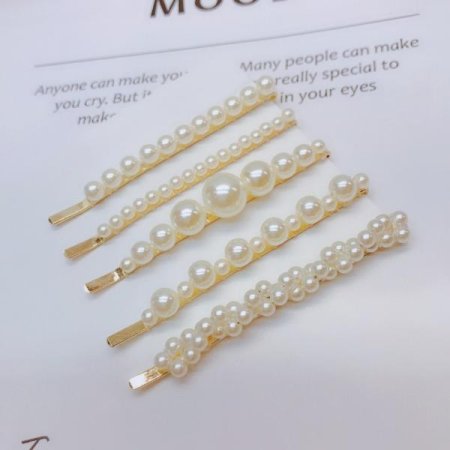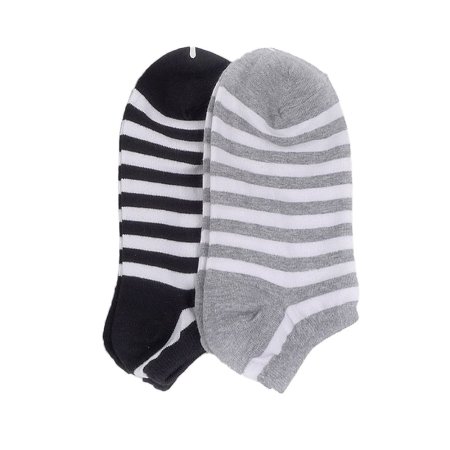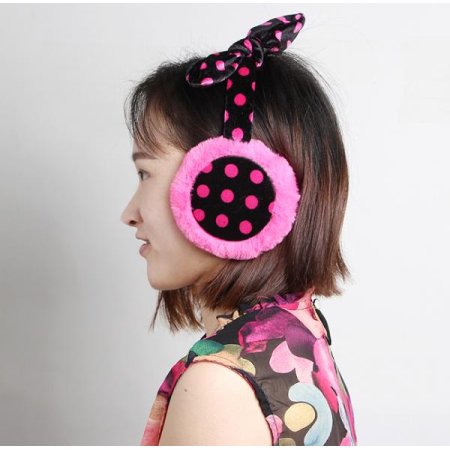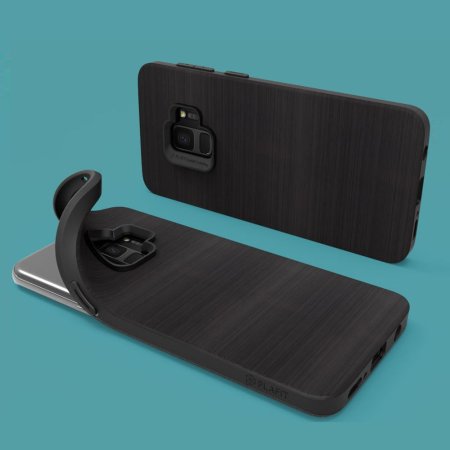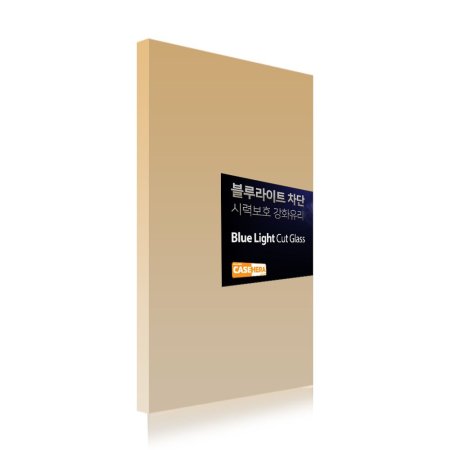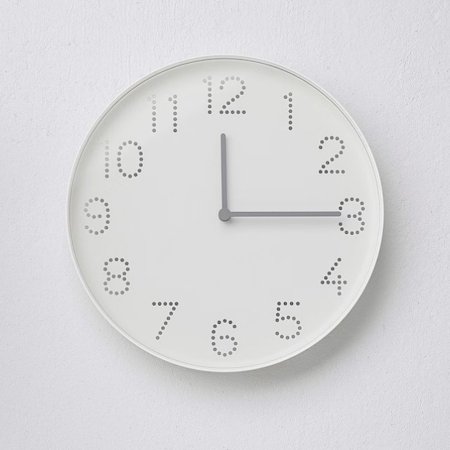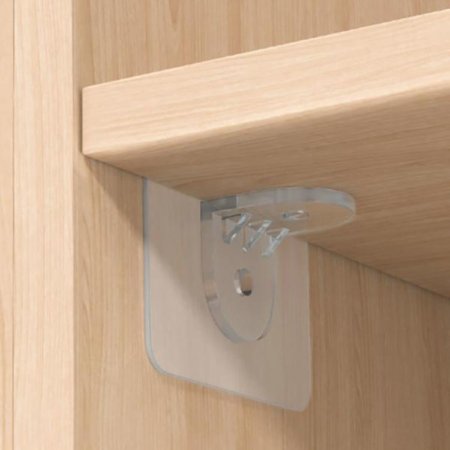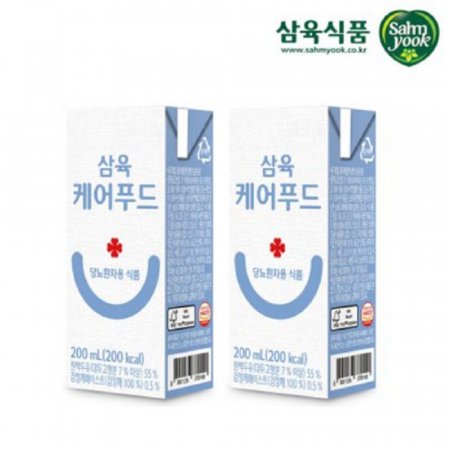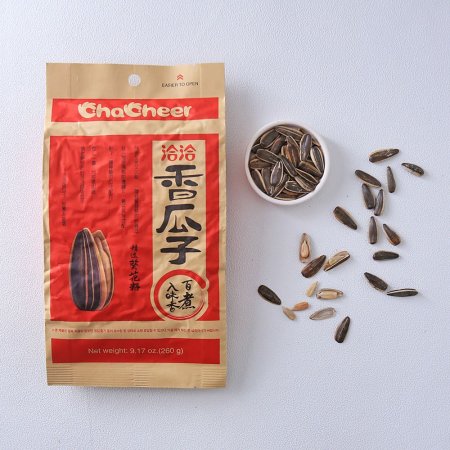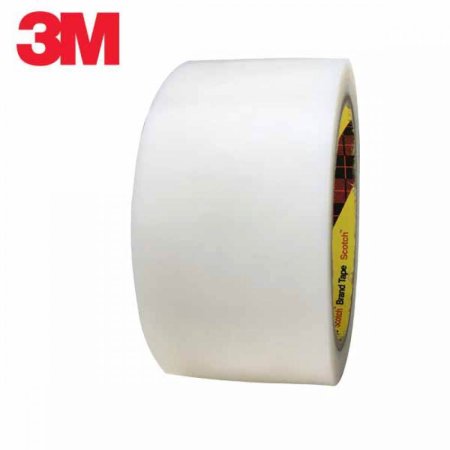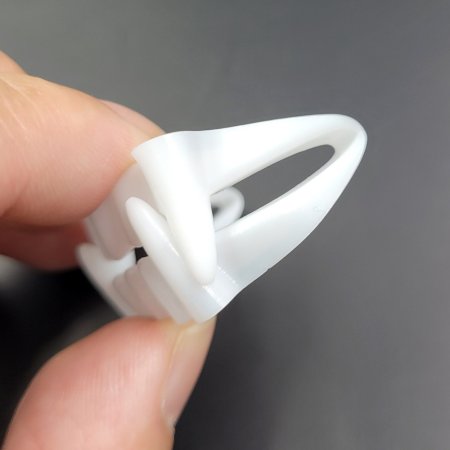[문화재청](국영문 동시배포) 국립고궁박물관, 새롭게 단장한 <과학문화실> 첫 선

문화재청 국립고궁박물관(관장 김인규)은 오는 27일 새롭게 단장한 <과학문화> 상설전시실의 첫 선을 보이고, 세계에서 두 번째로 오래된 석각 천문도 <천상열차분야지도 각석>(국보)을 비롯해 조선시대 과학문화유산 총 45건(국보 3건, 보물 6건 포함)을 전시한다.
새롭게 단장한 <과학문화>실은 ‘관상과 수시’라는 주제 아래 어려운 과학문화유산의 의미와 작동원리 등을 쉽게 전달하는 데 초점을 맞춰 ▲ 1부 ‘조선 국왕의 통치 이념과 천문’ ▲ 2부 ‘조선왕실의 천문 사업’ ▲ 3부 ‘조선의 천문의기’ 총 3부로 구성했다.
먼저, ▲ 1부 ‘조선 국왕의 통치 이념과 천문’에서는 국왕의 임무 가운데 으뜸인 ‘관상수시’가 국가 통치 이념이자 수단이었음을 보여준다. 주요 유물로는 강우량 측정 기구인 <창덕궁 이문원 측우대>(국보), 고대부터 왕권의 상징물이던 천체관측기구 <혼천의>, 통치자를 상징하는 북두칠성과 28수 별자리를 새긴 <인검> 등이 있다.
* 관상수시(觀象授時): 천체의 움직임을 관측한 결과를 바탕으로 절기와 날짜, 시간 등을 정하며 널리 알리는 일을 말함
▲ 2부 ‘조선왕실의 천문사업’에서는 조선 왕실에서 추진한 천문 관련 사업과 그 결과물로 편찬된 여러 역서를 소개한다. 주요 유물로는 천문사업을 담당하기 위해 설치했던 관서인 관상감 관련 유물과, 천문학서인 <천문류초(天文類抄)>, 역서인 <칠정산 내편>, <칠정산외편>, <내용삼서(內用三書)>, <대통력>, <시헌서> 등이 있다. 역서에는 조선시대 사람들이 중요한 일정 등을 적어 놓은 흔적도 찾을 수 있으며, 1772년 어느 관원이 사용했던 <시헌서>를 다룬 정보영상 등 전시의 이해를 돕기 위한 자료도 제공한다.
* 시헌서: 조선 후기에 사용된 역서로 오늘날의 달력에 해당함
▲ 3부 ‘조선의 천문의기’ 에서는 관상수시에 사용했던 천문기기를 종합적으로 관람할 수 있다. 주요 유물로는 천체관측기구인 <일성정시의>, <소일영>, <혼천의>, 각종 시계인 <앙부일구>, <지평일구>, 천문도인 <천상열차분야지도 각석> <복각 천상열차분야지도 각석>(보물) 등이 있다. 특히 현재까지 완형이 남아 있지 않은 <자격루>의 부속품인 항아리, 부표, 주전 등의 유물을 만나볼 수 있고, 참여형 영상을 통해 경복궁과 창덕궁·창경궁에 설치된 여러 기구의 위치와 내용을 직접 확인할 수 있다.
* 부표: 물 위에 띄워 표적으로 삼는 물건
* 주전: 물시계의 동력 전달 및 시각 조절을 하는 장치로 2021년 인사동에서 출토됨
<천상열차분야지도 각석>과 <복각 천상열차분야지도 각석>은 별도 공간에서 만날 수 있다. 관람객이 숫자를 눌러보며 각석 내용을 이해할 수 있도록 전시실 입구에 ‘숫자로 만나는 천상열차분야지도 각석’ 참여형 정보영상을 마련했으며, 전시실 내부에서는 육안으로 확인하기 어려웠던 각석의 내용과 위치를 쉽게 확인할 수 있는 실감영상과 각석 투사영상을 상영한다. 충분한 관람을 위해 15분 단위(매 시 정각, 15분, 30분, 45분 시작)로 운영된다.
이번 개편에서는 어려운 유물의 이해를 도울 다양한 정보영상과 혼천의, 측우대, 앙부일구, 자격루의 수수호 등 4개의 유물 촉지 모형을 만져볼 수 있는 ‘손끝으로 만나는 조선의 과학문화’, ‘큰 글씨 안내물’ 등을 전시장 곳곳에 배치해 관람객의 편의를 높였다. 또한 측우대에서는 빗소리를, 자격루에서는 시각을 알리는 북·종소리를 들으며 전시 유물을 오감으로 만끽할 수도 있다.
문화재청 국립고궁박물관은 ‘품격은 높이고 문턱은 낮춘다’는 목표로 개편한 이번 <과학문화>실을 통해 앞으로도 왕실문화유산이 국민들에게 더욱 사랑받을 수 있도록 지속적으로 양질의 전시를 기획·제공할 예정이다.
On December 27, 2022, the National Palace Museum of Korea (Director: Kim In Kyu), an affiliate of the Cultural Heritage Administration of Korea, will reopen the permanent Scientific Achievement of the Joseon Dynasty Gallery following major renovations. The remodeled gallery will present artifacts capturing the spirit of the scientific pursuits of the Joseon royal court, including the Stone Constellation Chart (cheonsangyeolchabunyajido gakseok; National Treasure), the second oldest of its kind in the world, and the Self-striking Water Clock (jagyeongnu; National Treasure) from Changdeokgung Palace that is introduced to the general public for the first time.
The renovated gallery features an exhibition themed on gwansang susi* (observing the sky and marking the seasons) that highlights the museum’s extensive collection of important astronomical instruments. It focuses on providing viewers with a simple explanation of the meanings and operating principles of these scientific and cultural artifacts that otherwise might be too specialized and convoluted to grasp. Moreover, a separate space has been set aside to display the Stone Constellation Chart, which is highly significant yet proved difficult to view in the past due to spatial and technological limitations. Viewers will be able to thoroughly examine the chart and enjoy the related immersive content. The exhibition displays a total of forty-five artifacts, including three national treasures and six treasures.
* Gwansang susi: The practice of observing celestial bodies, setting solar terms, dates, and times based on these observations, and distributing this information to the people.
The newly remodeled Scientific Achievement of the Joseon Dynasty Gallery consists of three main sections: I. The Joseon Ruling Ideology and Astronomy; II. Astronomy Projects of the Joseon Royal Court; and III. Astronomical Instruments of the Joseon Dynasty. The first section “The Joseon Ruling Ideology and Astronomy” highlights how gwansang susi, the foremost duty of Joseon kings, was a major component of the state ideology and an important means for governance. Celestial globes (honcheonui or seongiokhyeong) have been considered an emblem of royal authority since ancient times. Ceremonial swords called ingeom produced by the royal court were engraved with the Big Dipper, symbolizing the sovereign, and twenty-eight constellations. The pedestal (National Treasure) of the rainfall-measuring instrument at Imunwon Hall in Changdeokgung Palace was a device for governance used to help people farm and charge them appropriate taxes.
The second section, “Astronomy Projects of the Joseon Royal Court,” introduces astronomy-related projects sponsored by the royal court and the related outcomes, such as the publication of almanacs. King Sejong supported astronomical observations and the study of calendar systems. During his reign, a unique calendar system that enabled people to identify the local time in Hanyang (present-day Seoul) was established based on the study of Chinese and Islamic calendar systems. The publication of astronomical books continued from the early through late Joseon period, as demonstrated by Abstracted Astronomical Book (Cheonmunryucho) and The Revised and Enlarged Edition of the Comparative Review of Records and Documents (Jeungbo munheon bigo). Calendrical books and almanacs were published as well. This section of the exhibition features a calendar called naeyongsamseo that was designed for the exclusive use of the royal court. It also presents types of annual almanacs such as daetongnyeonk and siheollyeok. Each of these almanacs has a summary of the year and covers twelve months, with each month broken down by date. The traces of use remaining in the almanacs show how they were applied like present-day desk calendars or dairies to mark major anniversaries. However, unlike today’s desk calendars or dairies, Joseon-era almanacs also related unlucky times when one should avoid certain tasks or events as along with good times to do things. They were sometimes used to forecast good or ill fortune. The interactive information kiosk on a siheollyeok used by an official in 1772 allows viewers to thoroughly explore how calendars were applied during the Joseon period.
The third section “Astronomical Instruments of the Joseon Dynasty” enables a comprehensive overview of the astronomical instruments used in the practice of gwansang susi (observing the sky and marking the seasons). The Joseon royal palaces served as astronomical and meteorological observatories. In this section, interactive media teach viewers about the locations and functions of several of the astronomical instruments installed at Gyeongbokgung, Changdeokgung, and Changgyeonggung Palaces. Various types of clocks were produced and used at the time as well. These include sundials that allowed the time to be read during the day based on a shadow cast by the sun, water clocks measuring the time at night, and other clocks used to observe the sky and stars that made up for the shortcomings of sundials and water clocks. Prime examples of these Joseon-era clocks include a hemispherical sundial (angbuilgu) in the shape of a cauldron and a self-striking water clock (jagyeongnu) that announced the time by striking a drum or a bell.
When hemispherical sundials were first produced, they were installed in the royal palaces and at busy spots in front of Gwanghwamun Gate and in Jongno. For the sake of illiterate people, each hour was engraved with an animal. There is also a portable hemispherical sundial ten centimeters long. In addition to a hemispherical dial to read the time, it contains a compass so that the direction can be determined from anywhere.
Water clocks could be used to tell the time at night. None of the original self-striking water clocks have survived. The self-striking water clock at Changdeokgung Palace was composed of three vessels providing a regulated flow of water and two long cylindrical tanks that captured the water flowing from the vessels. In the third section of the exhibition is the bead-releasing section of a self-striking water clock and its time-announcing bell that were excavated in Insa-dong in 2021.
Towards the end of the third section of the exhibition is a separate room displaying two pieces: the Stone Constellation Chart (National Treasure) and the Stone Constellation Chart (Treasure) that was later reproduced based on it. At the entrance of the space, viewers can thoroughly explore these stone constellation charts through an interactive information kiosk. Once they enter the room, they can appreciate the artifacts along with immersive content. In particular, the astronomical map on the stone constellation charts is recreated using immersive images that are connected to the charts. This effort to link the actual artifacts to immersive images at close range is particularly noteworthy.
The renovation of the Scientific Achievement of the Joseon Dynasty Gallery is a result of the museum’s multi-pronged efforts to enhance the convenience for visitors. As a case in point, informational video clips and interactive kiosks are provided throughout the exhibition halls for visitors who wish to learn more about the artifacts. It is not easy to understand how astronomical instruments such as the sun-and-stars time-determining instrument (ilseong jeongsiui) or the time- and season-determining instrument using the locations of the constellations (pyeonghonui) operate just based on the explanatory panels. If you see kiosks providing video clips, please take a look at them. They will satisfy your curiosity about the operating principles of these astronomical instruments. In the beginning of the gallery is the section “The Science Culture of the Joseon Dynasty at Your Fingertips” that presents four tactile objects (a celestial globe, pedestal for a rain gauge, hemispherical sundial, and long cylindrical tank for a self-striking water clock) for visually impaired visitors. Moreover, large-print information panels are installed throughout the exhibition halls to help elderly visitors and others who require it. The exhibition is also designed to allow visitors to appreciate scientific cultural heritage by using their different senses. Standing in front of the rain gauge pedestal, you can hear the sound of rain, while in front of the self-striking water clock you can hear the sound of a drum and bell that announce the time.
The National Palace Museum of Korea is striving to live up to its exhibition motto “elevating dignity and lowering barriers” through this remodeling of the Scientific Achievement of the Joseon Dynasty Gallery. It will continue to make efforts to improve its exhibitions so that royal cultural heritage can be loved by Korean citizens and accessed easily and comfortably.
< 과학문화실 내부 >
[자료제공 :











